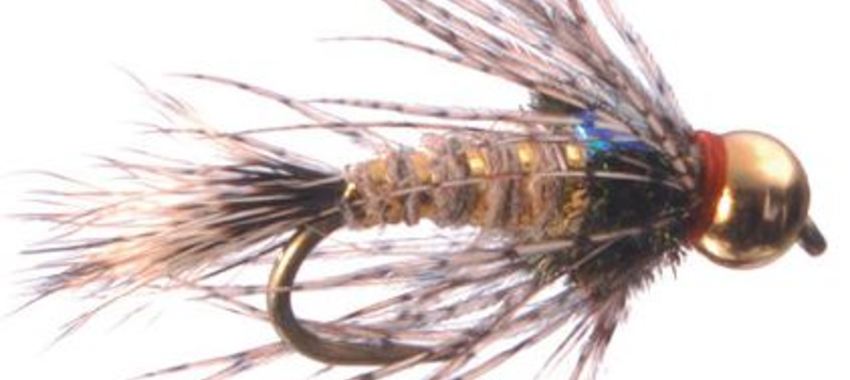Mayflies... FINALLY - Hot Flies for March Brown Hatches
April 9, 2015
I am by no means an "old timer" but we all the the type that talks about the way things used to be and what the river was like back when, and how things have changed which is super annoying sometimes but I can't help it.



Since 2005 the Mayfly hatches have been pretty light, especially the Blue Winged Olives. In 2006 we got some big water that followed a drought (just my hypothesis), but the big water during runoff we have had every year since seems to have shut down a lot of our really good Mayfly hatches. Our stonefly hatches have remained good, if not better.
This year we're seeing the Mayflies come back. The dry fly fishing has been pretty decent as well for anglers that want to bop down stream and try to pick off a rising trout or two with a small dry fly. It is great fun, challenging, and "classic" fly fishing. You old guys love this. Lots of false casting, delicate casts, and a match the hatch mentality. The low water seems to be forcing the trout to look to the surface for emergers and dry flies because they can't make a living under the surface like they have been during larger volumes of runoff. Time to get your dry fly rod out, string it up with a light tippet, and be ready to hunt down a few fish with a parachute fly!
The March Brown hatch has been darn good lately. On sunny days it will be short, maybe 30 minutes. When it was dark and cloudy a couple days ago it lasted 3 hours! One of our guides, Charlie, crushed 'em dry fly fishing with a Quigley style cripple #12.
March Brown Hatches
This hatch is common to the Yakima River, where we fish most in the spring, but it is found among most streams across the country. There are lots of subspecies and I think everyone will find this intel helpful.
It is in the Rhithrogena category of Mayflies, it ranges in size from #12-16 (we have primarily #12's on the Yakima). It typically hatches prior to spring runoff. The nymphs dwell in fast riffles but the fish will usually feed emergers in flat glides. Parachute patterns that sit low and imitate a floating nymph seem to be most effective, thorax hackle doesn't fish nearly as well.
DON'T line the fish. The trout feeding on this hatch are likely sitting suspended mid column and will be spooky. Light tippet, 3-4 weight rods if available, and careful delicate casts yeild the most fish. Try not to throw upstream over the fish. The best approach is a downstream angle with a drift 2-3 inches short of the fishes feeding lane. Force the fish to turn its head towards you.
Nymph Suggestions:

Here is a March Brown nymph, normally it has 3 tails. But my fat thumbs smashed it and I cut them off.


Jighead Pheasant Tail #12 (great for dry dropper or solo under a tiny indicator at the beginning of the hatch!)
Dry Fly Suggestions:
Parachute March Brown #12/14 - This is the "go to" dry fly to prospect with. It floats great, is easy to see, and catches fish.
Pheasant Tail Quigley Cripple - #12/#14 - This is your trump card. Use this if they won't eat the parachute!
![Reds Fly Shop [logo]](/img/reds-fly-shop/logo.png)





